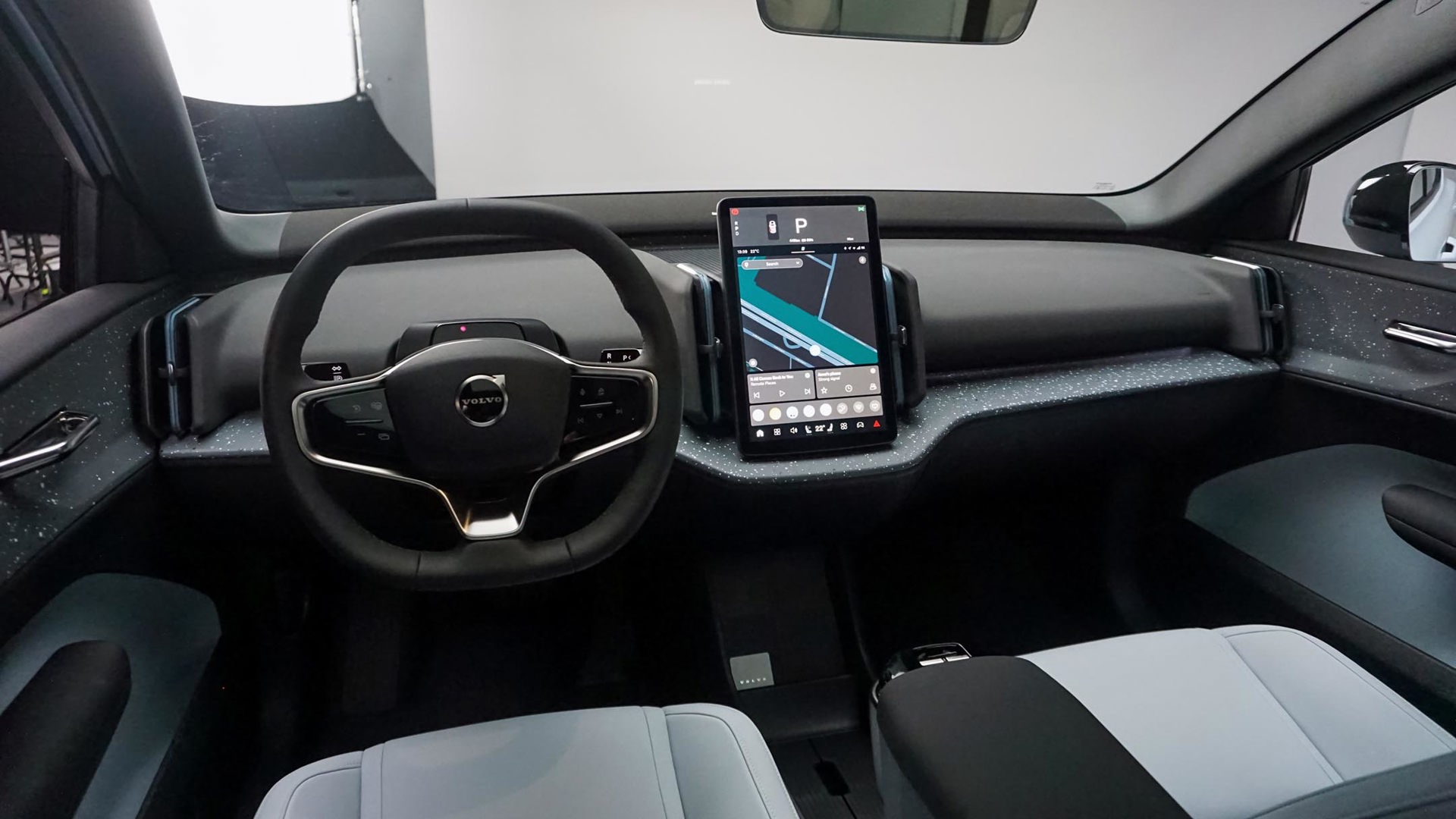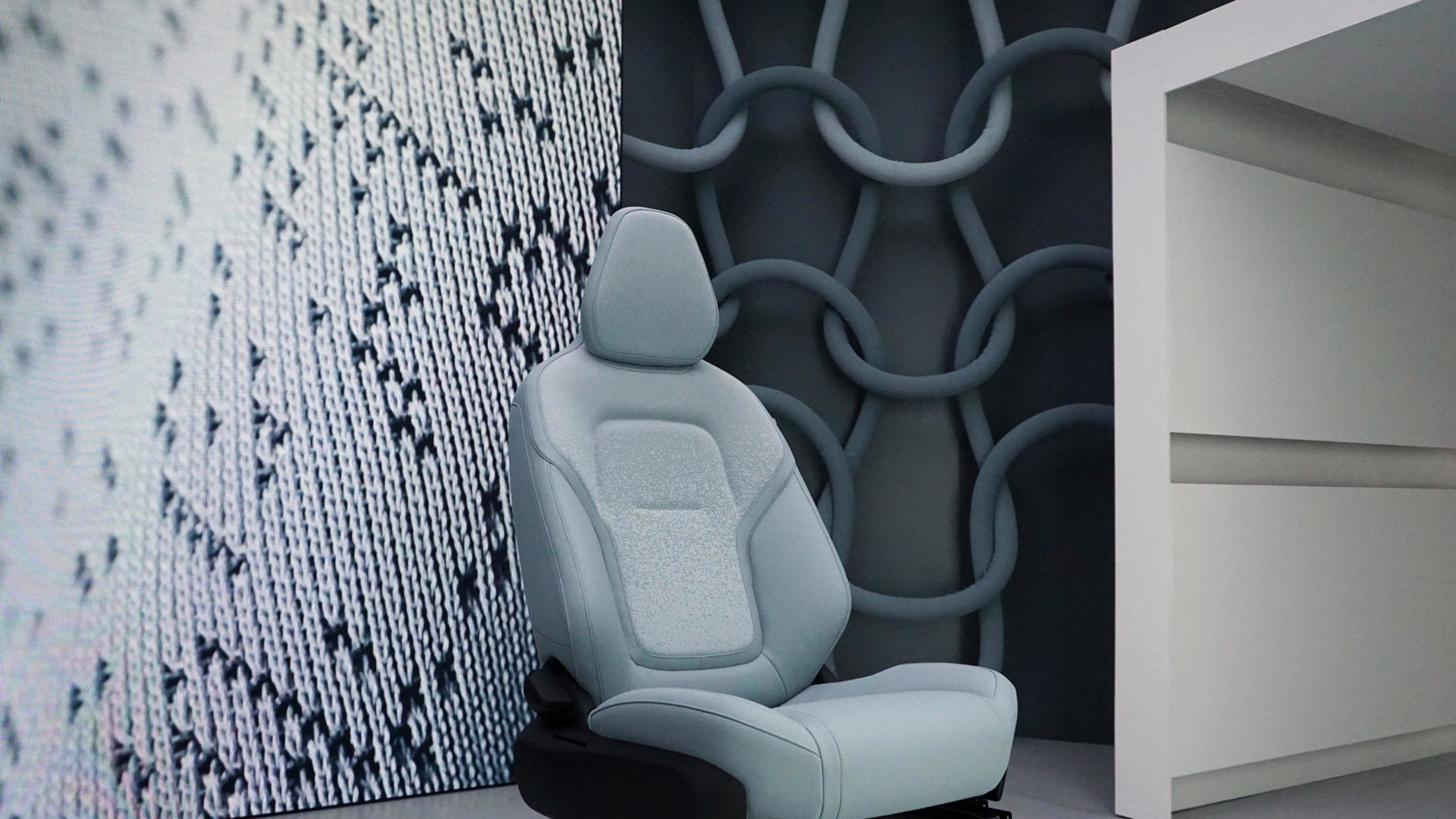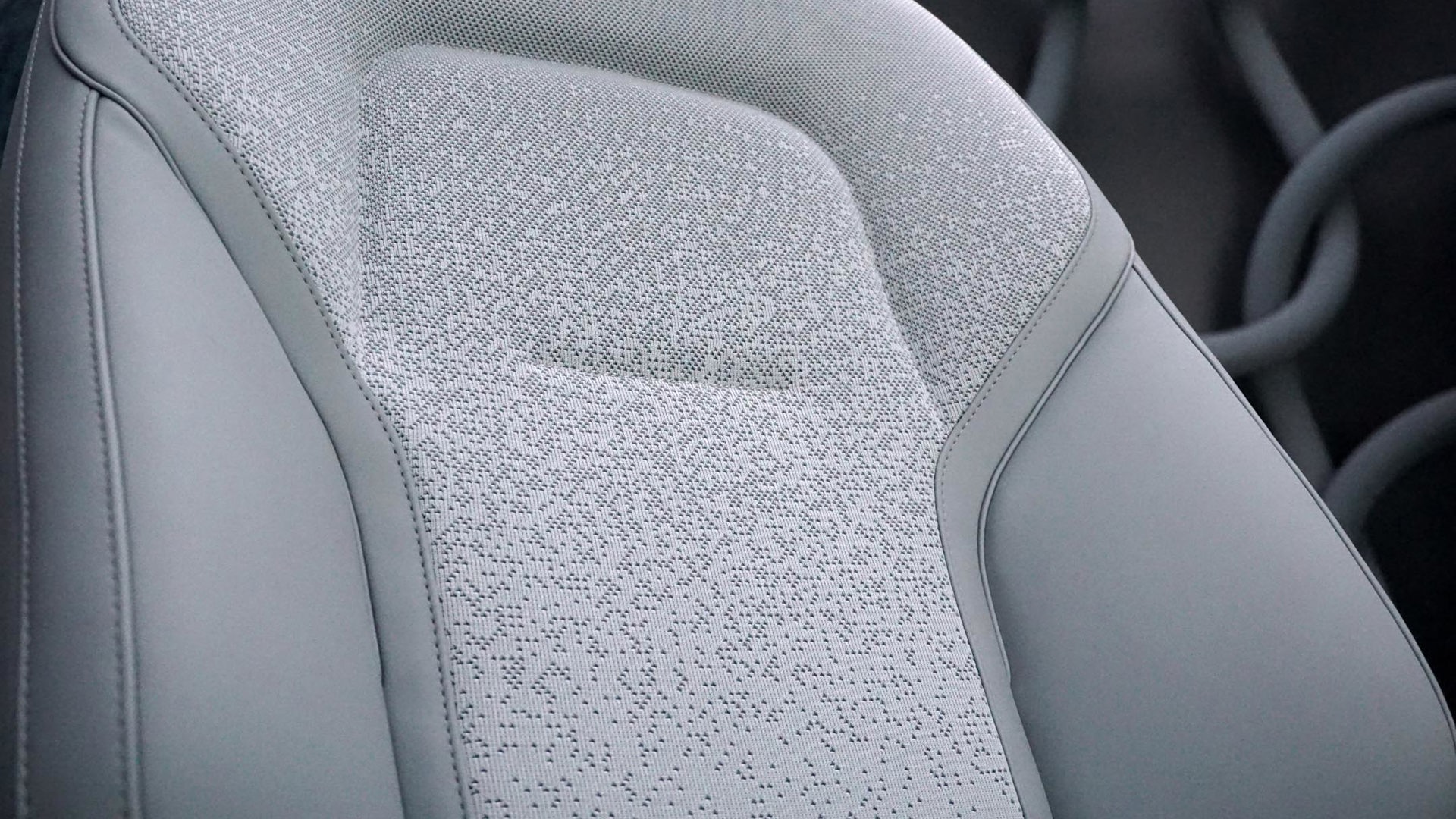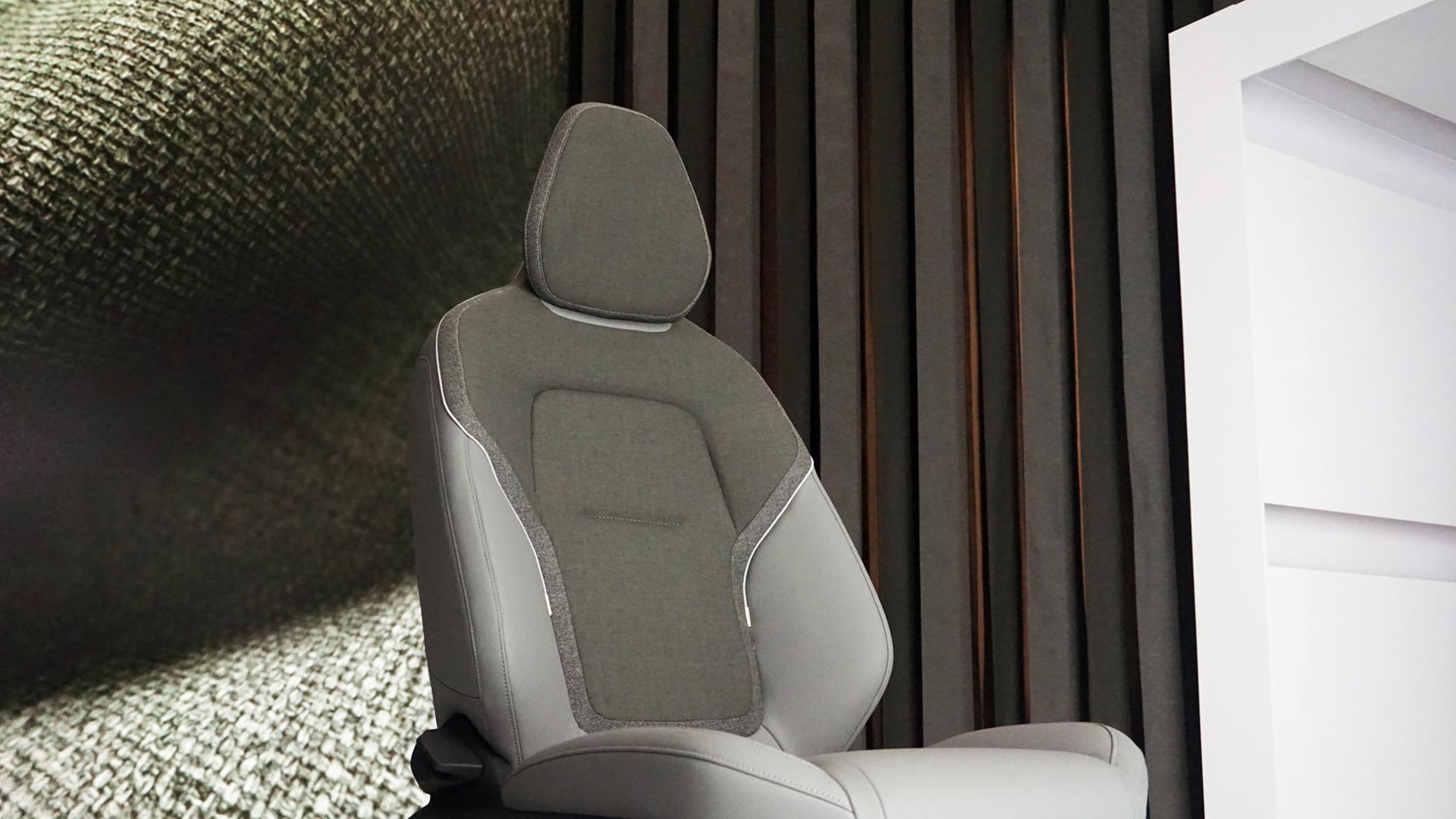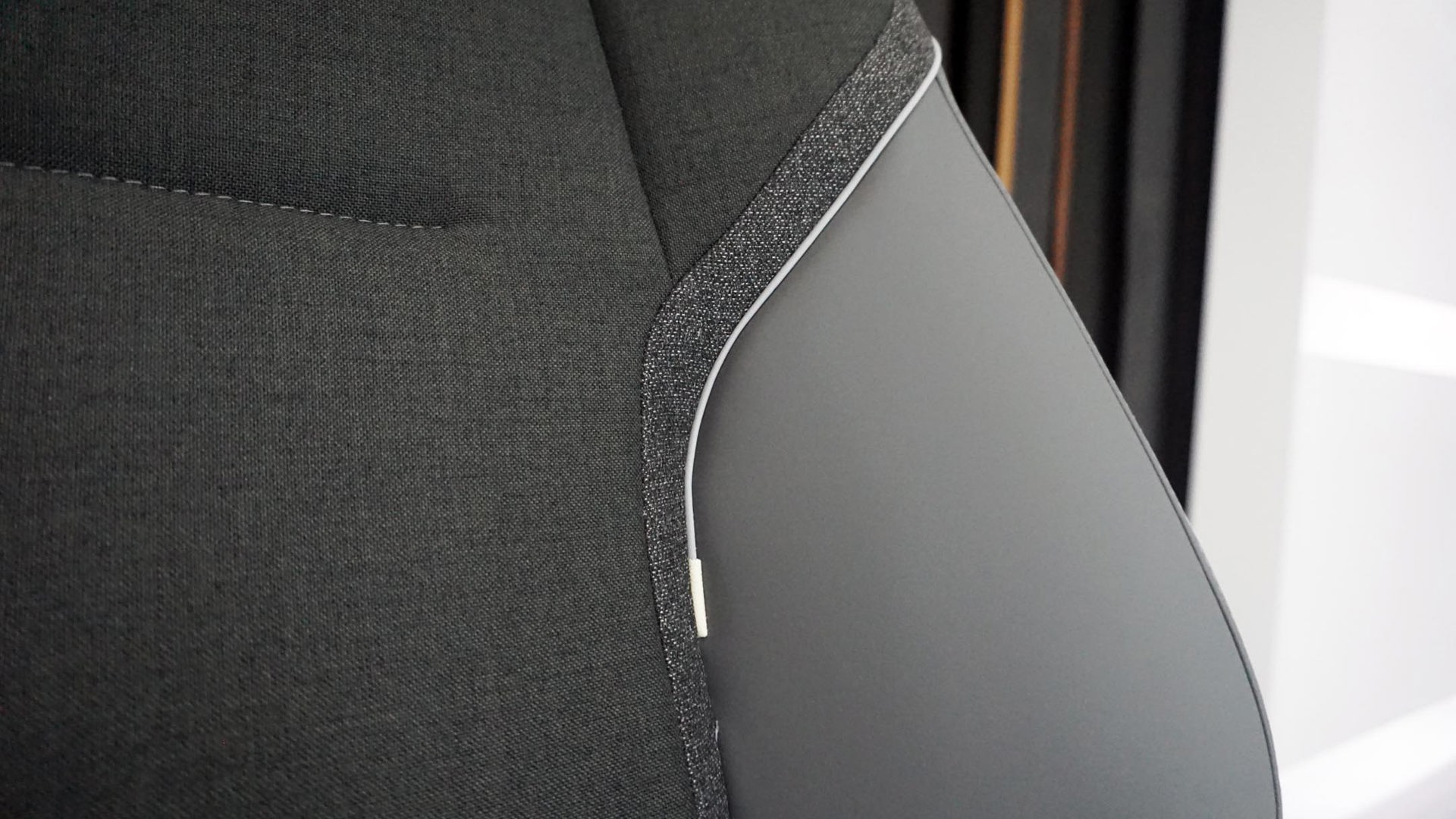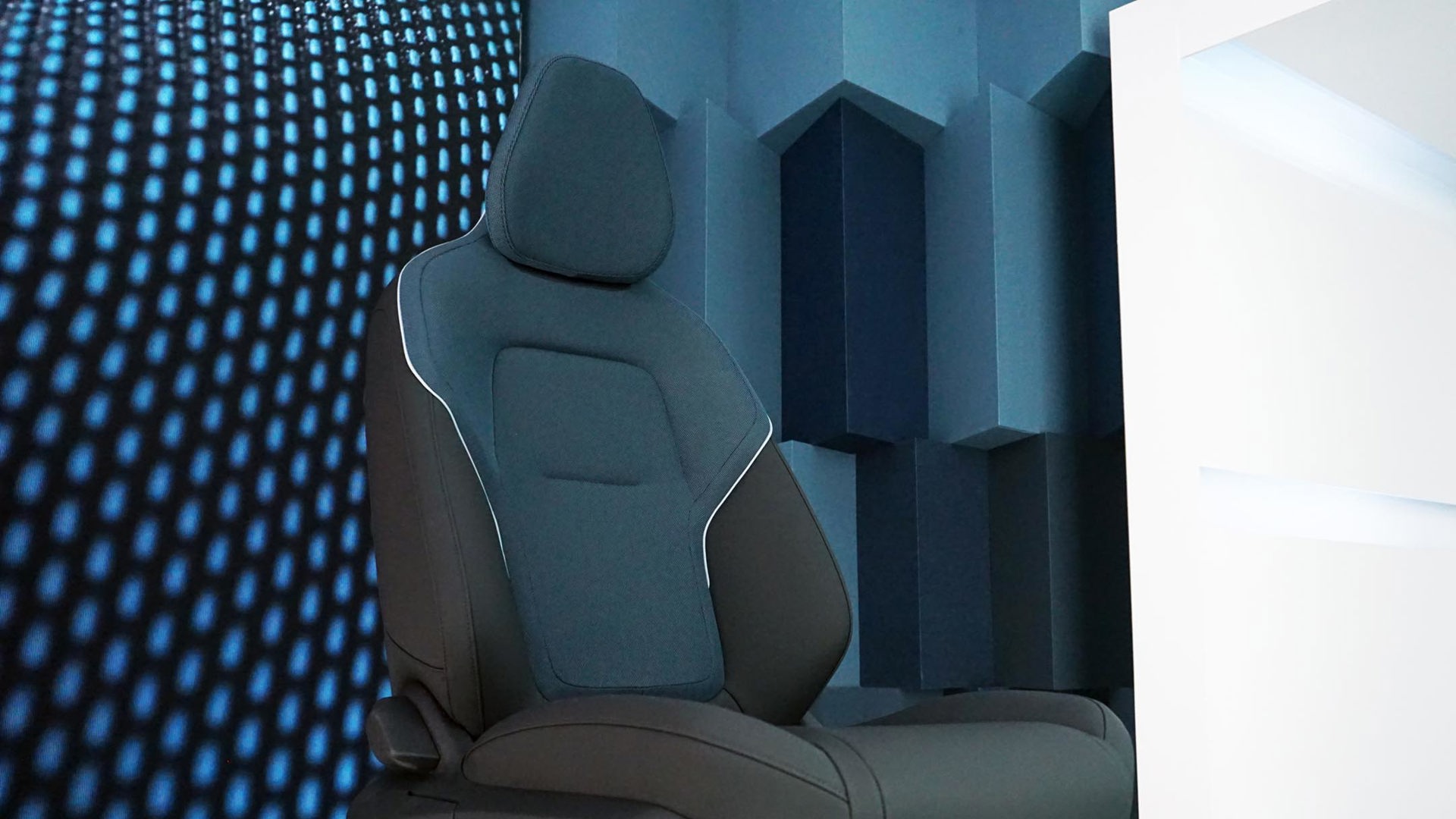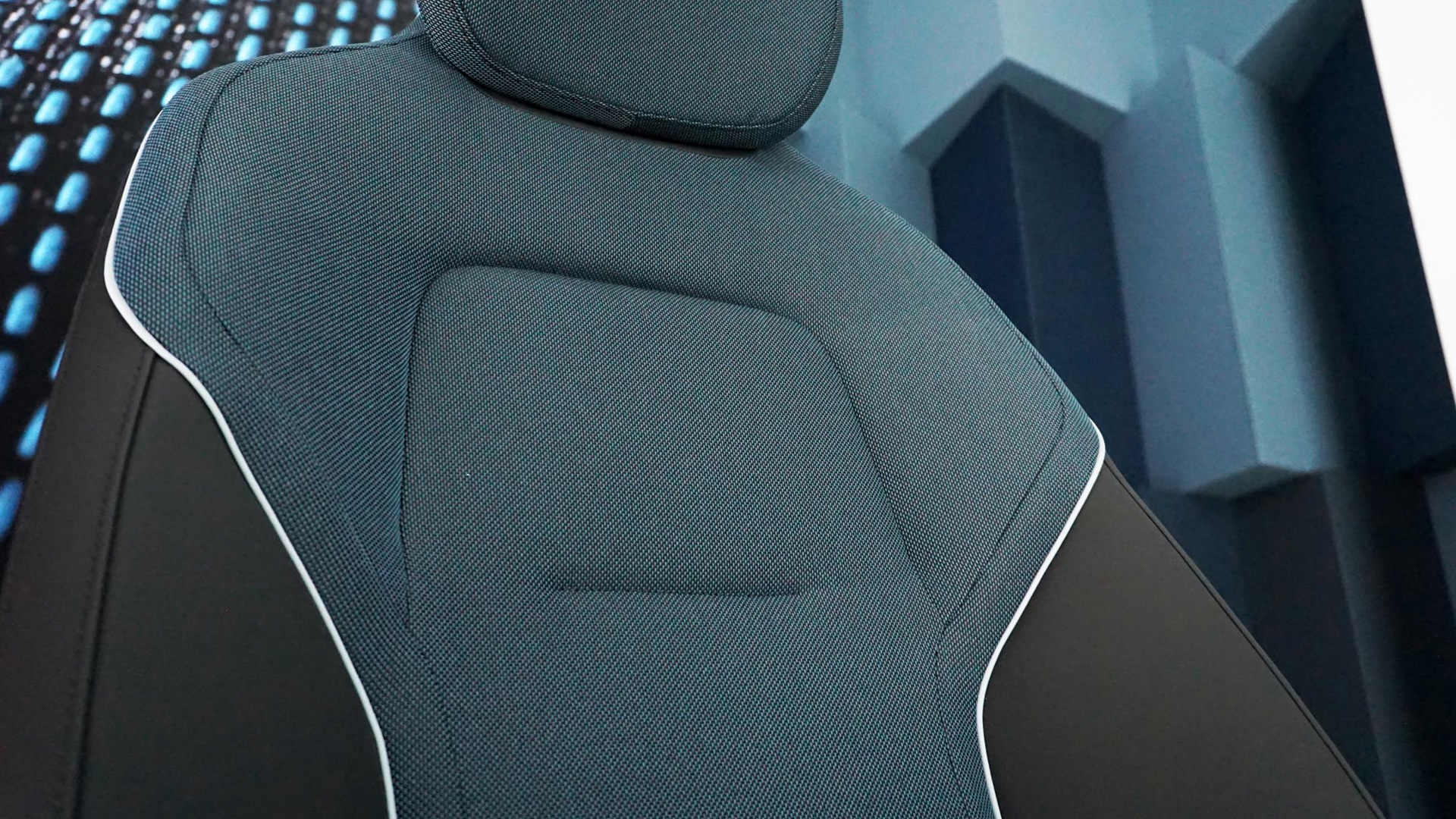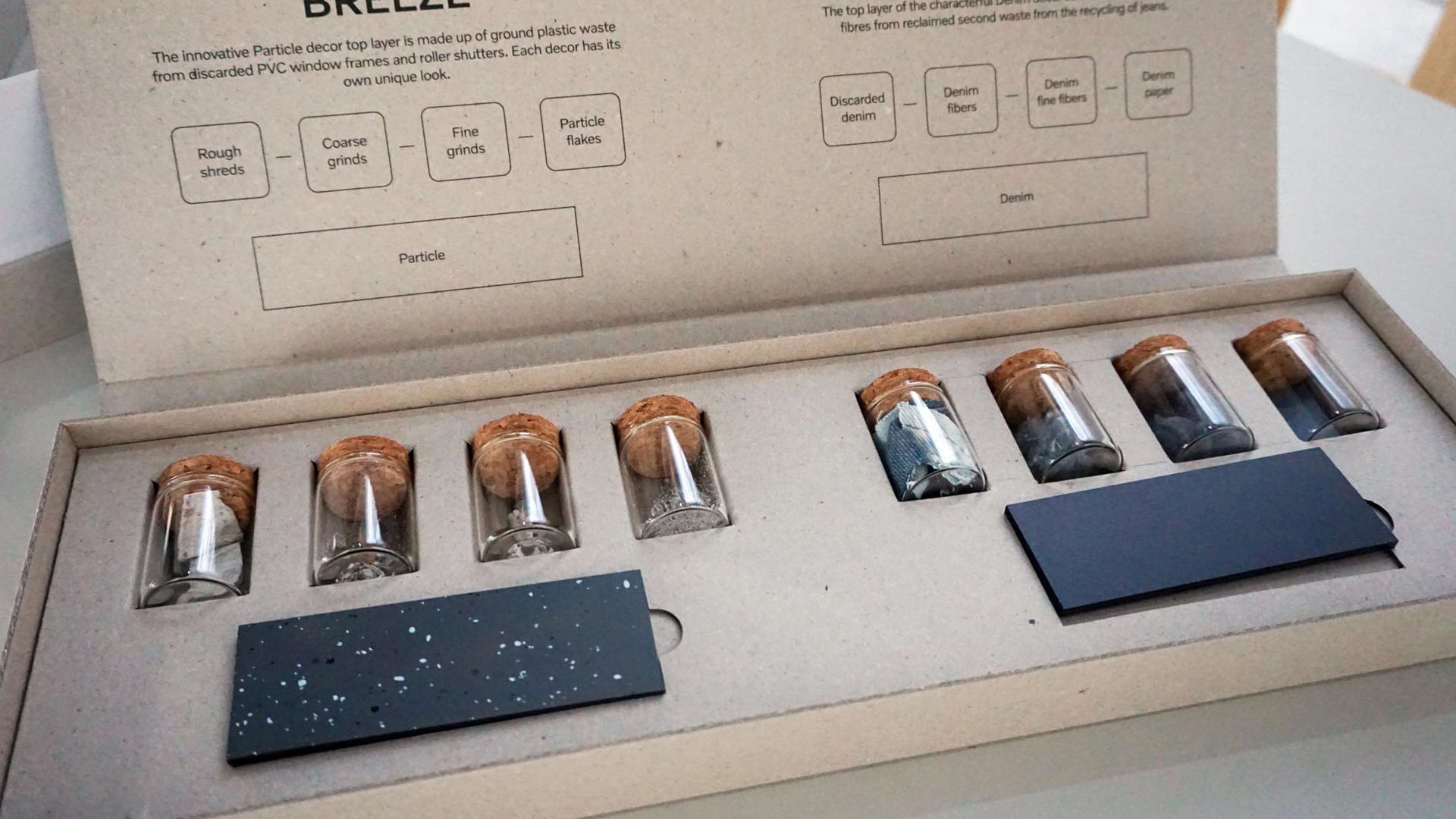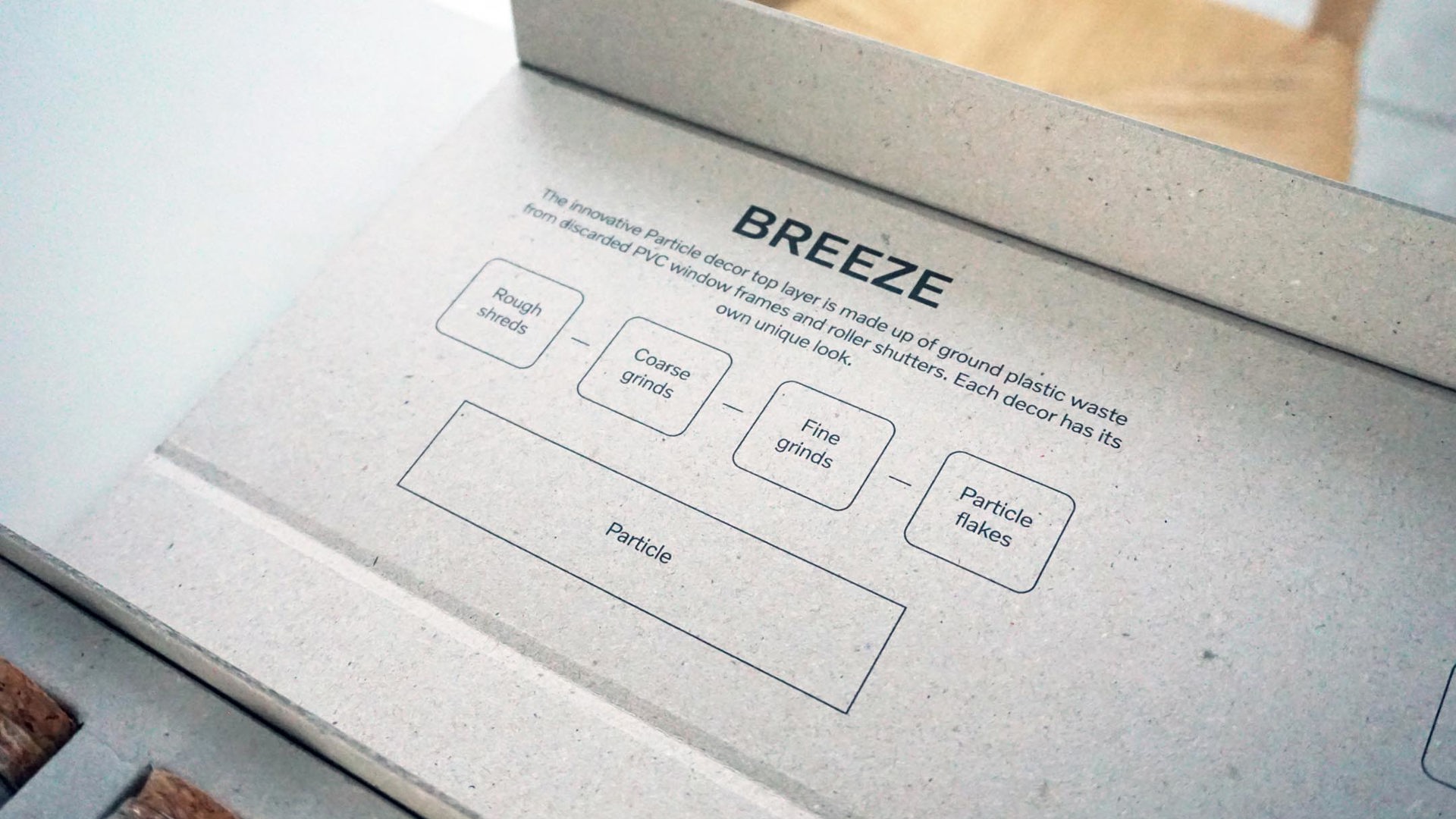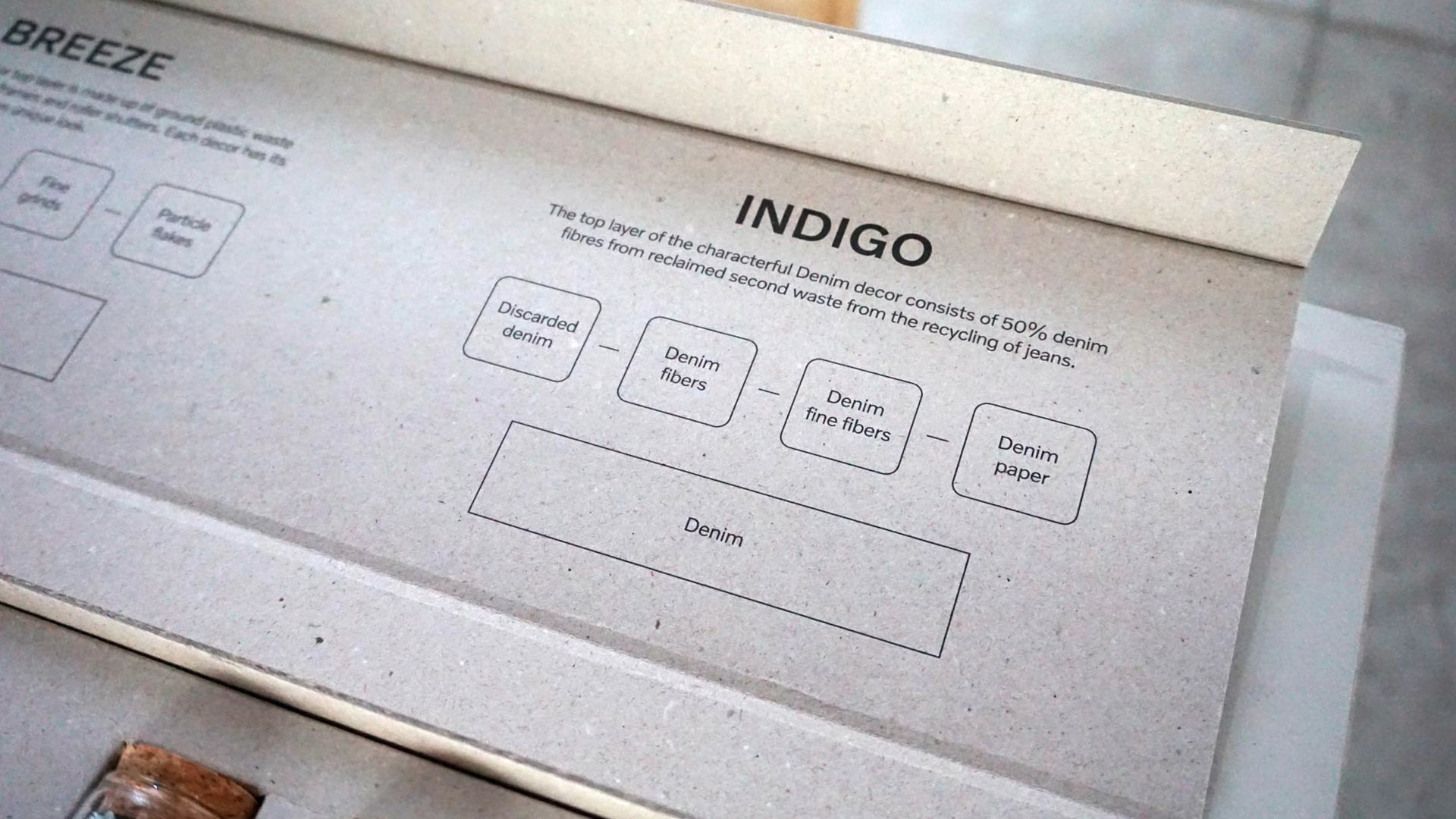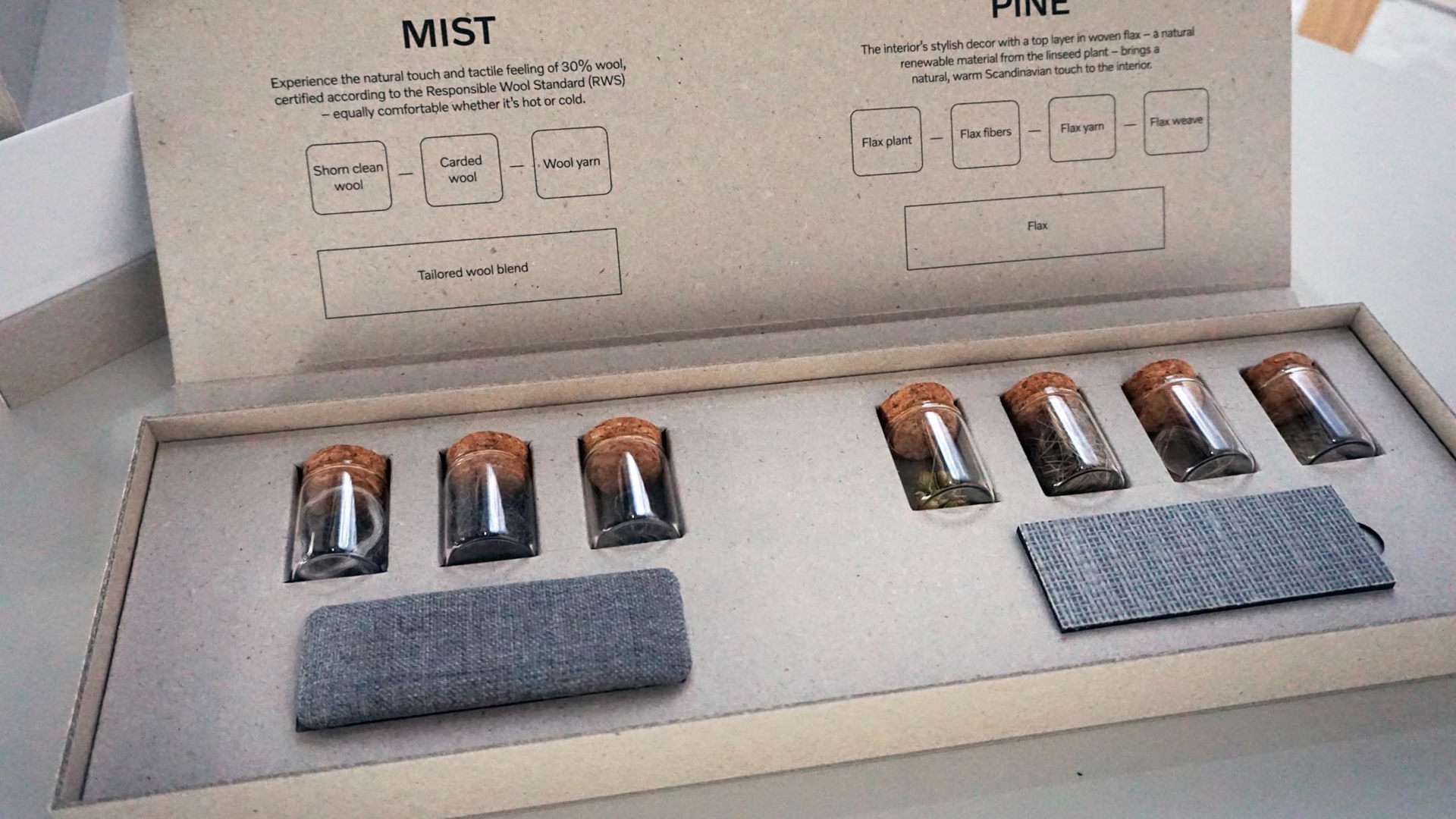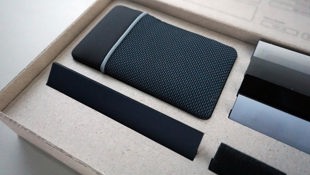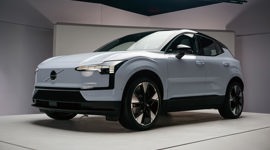It’s no secret that the industry-wide shift toward electrification has automakers looking at sustainability in new and evolving ways.
Whether driven by consumer demand or corporate social responsibility (or both), cutting tailpipe emissions is only part of the equation. For Volvo, that meant finding new ways to outfit its latest electric vehicle (EV) with materials that are sustainable, and even stylish, too. The result is the 2025 Volvo EX30 – a little crossover that the brand claims has the smallest carbon footprint of any vehicle it’s ever built.
“By downsizing to a smaller (vehicle) we are reducing the carbon footprint before we even step into it,” said Francesco Especiale, the EX30’s market strategy lead, during its global reveal in Milan, Italy.
The Basics and Beyond
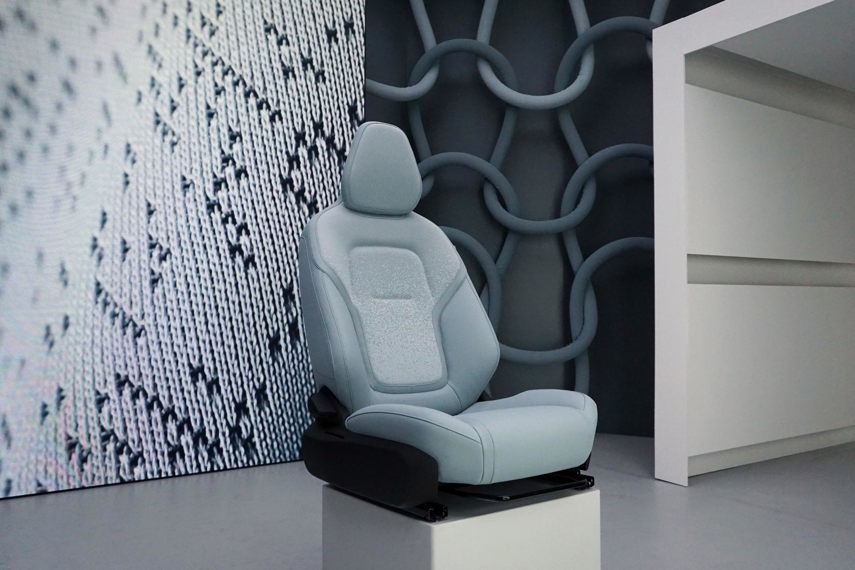
Of course, that claim isn’t based solely on this being the smallest vehicle in Volvo’s lineup – although it makes for a pretty good starting point. But beyond simply using less materials outright than any of its sibling products, the EX30 is made of 25 per cent recycled aluminum, 17 per cent recycled steel, and 17 per cent recycled plastic.
“We need to use existing resources – we need to reuse what we already have in a smarter and more efficient way,” Especiale said, noting that the result is the highest materials utilization rate ever in a Volvo product.
“Take, for example, a suit,” he continued. “When a tailor is making a suit there is always some offcuts – some waste.”
The same is true in the vehicle production process, with the stamping of sheet metal resulting in oddly shaped leftovers. But by optimizing the stamping process and recycling that excess material, Volvo can reduce the EX30’s carbon footprint. As an added bonus, it’s also slated to be built at a plant that runs entirely on wind-generated power.
More than that, the cabin in particular is packed with natural or recycled materials – and in some cases both – that help reduce this EV’s carbon footprint even further. Even more fundamentally, the brand’s Global Head of Design, Jeremy Offer, said the way most features and functions have been centralized inside the EX30 is more sustainable since it results in less wiring and related materials.
It’s not just the massive dash-mounted touchscreen, either; moving the window switches from the doors to the centre console did the same while also resulting in a less cluttered panel. (There aren’t even speakers on the front doors, leaving nothing but sleek and streamlined door handles and huge storage cubbies down below.)
Where Sustainability Meets Style
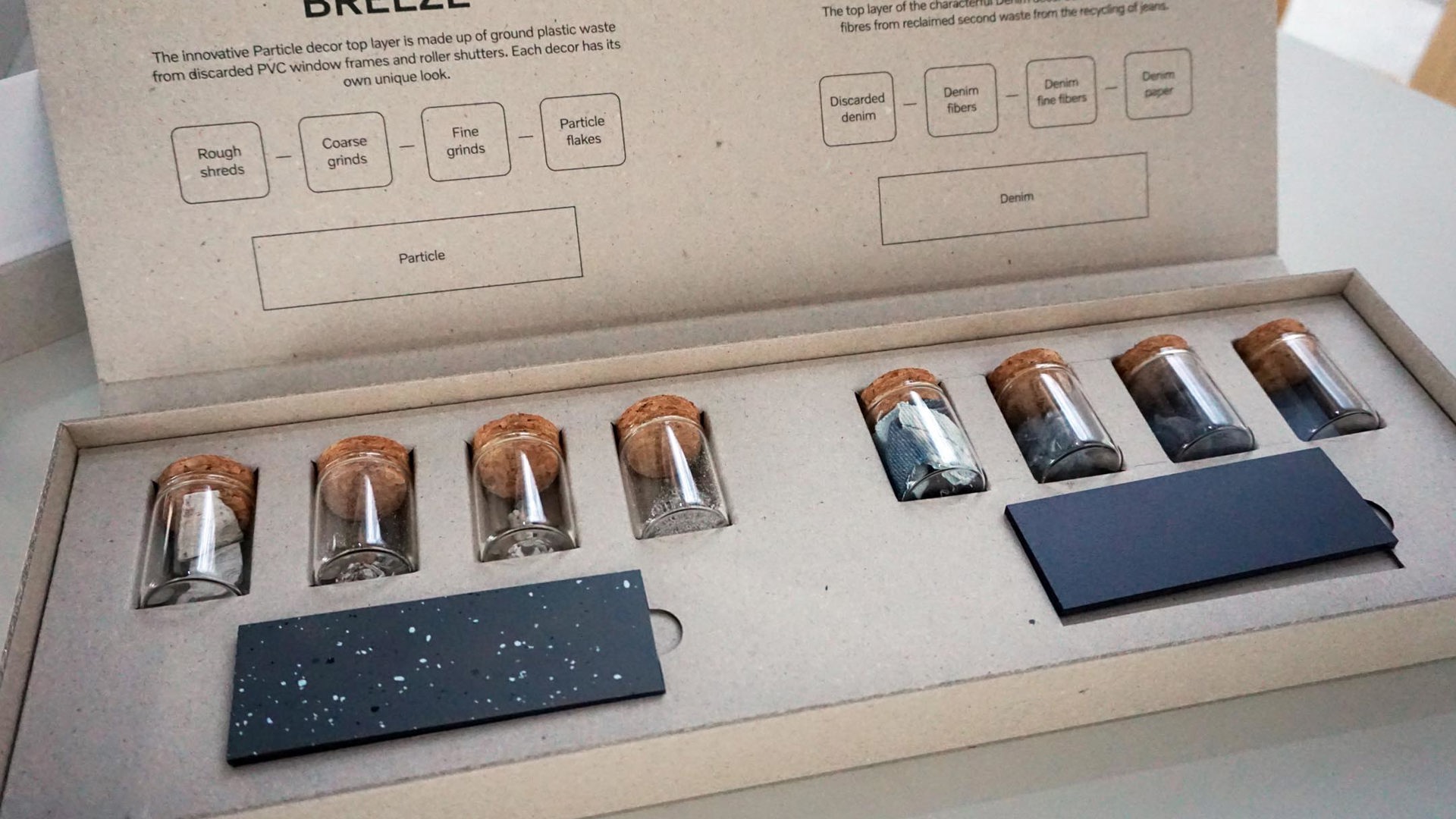
Volvo has long offered some of the industry’s most understatedly stylish cabins, with more than a few cool colours and textures to choose from over the years. That continues on here, with the addition of more natural and recycled materials than ever before.
Look past the bizarre jargon – Volvo calls these cabins “rooms” – and there are four interior themes to choose between, two of which are centred around recycled materials and the others prominently featuring a pair of natural fibres.
The so-called “indigo” theme uses 50 per cent recycled jeans in its trim, while the seats are finished in an upholstery made of 100 per cent recycled polyester. Then there’s the “breeze” theme that’s perhaps the most visually striking of them all, with pixel-knit upholstery made entirely of recycled upholstery from plastic bottles. According to Volvo, the 3-D knitting process used to make the fabric eliminates material waste that would otherwise exist. Meanwhile, the speckled plastic trim panels are made with old window frames and shutters.
The “mist” theme is the first of the two available interiors that are focused on natural materials, and it’s the one that’s the most quintessentially Volvo. Not only is the trim made of woven flax, a natural renewable product that requires little water and grows between crops to regenerate soil, but the upholstery is a combination of 30 per cent tailored wool and 70 per cent recycled polyester.
Finally, the “pine” cabin uses the same combination of 30 per cent wool and 70 per cent polyester upholstery, as well as flax-based trim. It also features the same so-called Nordico material found in the indigo and breeze interiors. Partly made from recycled plastic bottles, leftover cork from the wine industry, and pine oil, the material is used for the front seatbacks in all four themes.
The Changing Look of Luxury
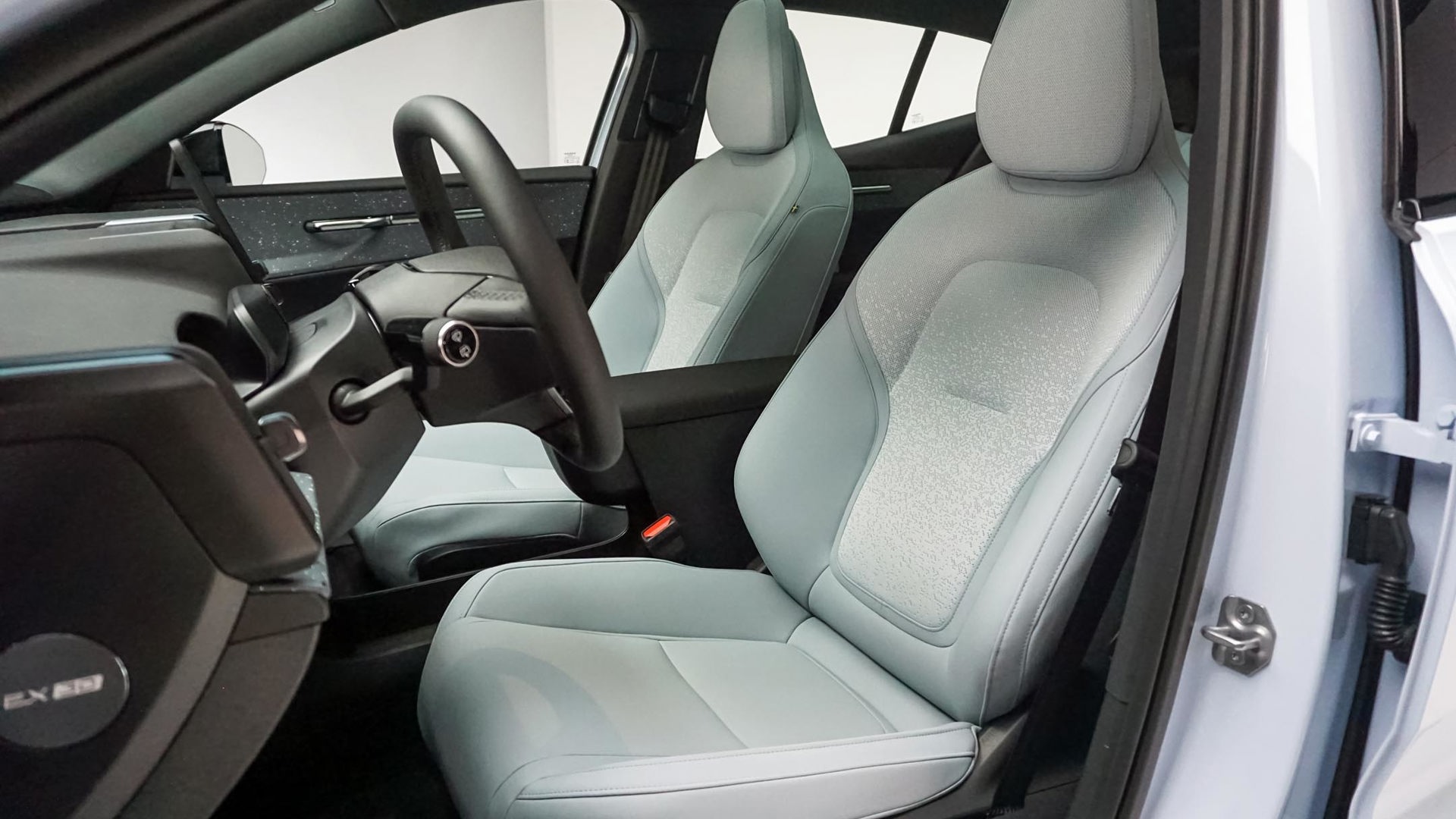
Talk to any automotive designer about the shift toward electrification and what it means to their area of the business, and they’ll invariably tell you about the new possibilities they’re able to explore without the fixed boundaries of internal combustion. That’s particularly true of vehicle interiors, which have long been confined by the likes of the firewall that separates the passenger compartment from the engine bay, for example.
Talk to Jeremy Offer, the head of global design for Volvo, and he’ll tell you how the use of space and light inside an EV is an effective way to create a new definition of what a premium interior should look like.
“These are the things that start to define that (luxury),” he said. “The feeling that when you get into a vehicle like this there is that wow-factor still, but it’s more of a sensory feeling around the interior space that you’re in and the ergonomics that you now have.”
From a functionality perspective, Offer pointed to the glovebox that’s been moved to the centre of the EX30’s dash to make it easier to access from either front seat. There’s also the hidden front cupholders that can be deployed from the centre armrest when they’re needed, as well as the use of a soundbar instead of door speakers.
“There’s some really clever lateral thinking that’s gone into the design of this vehicle that I’ve not seen before in the automotive industry,” he said.
